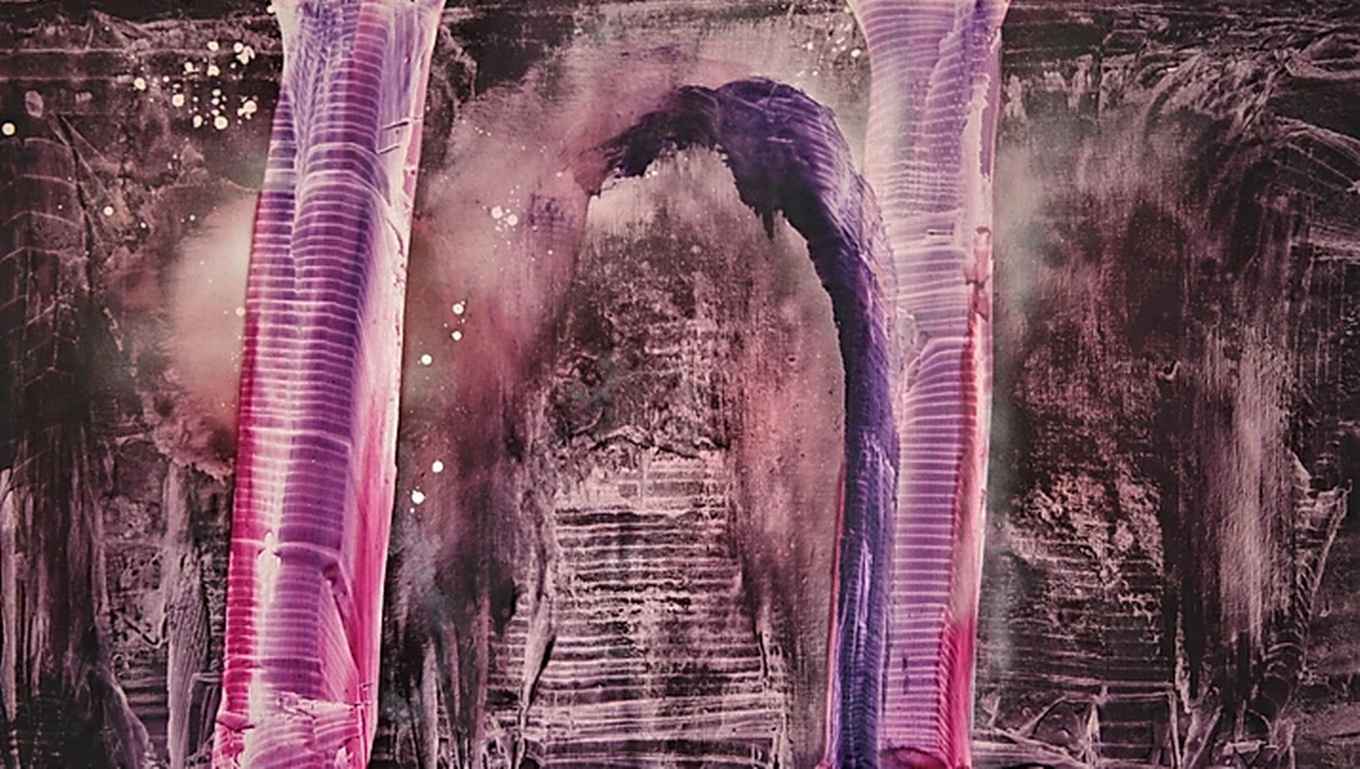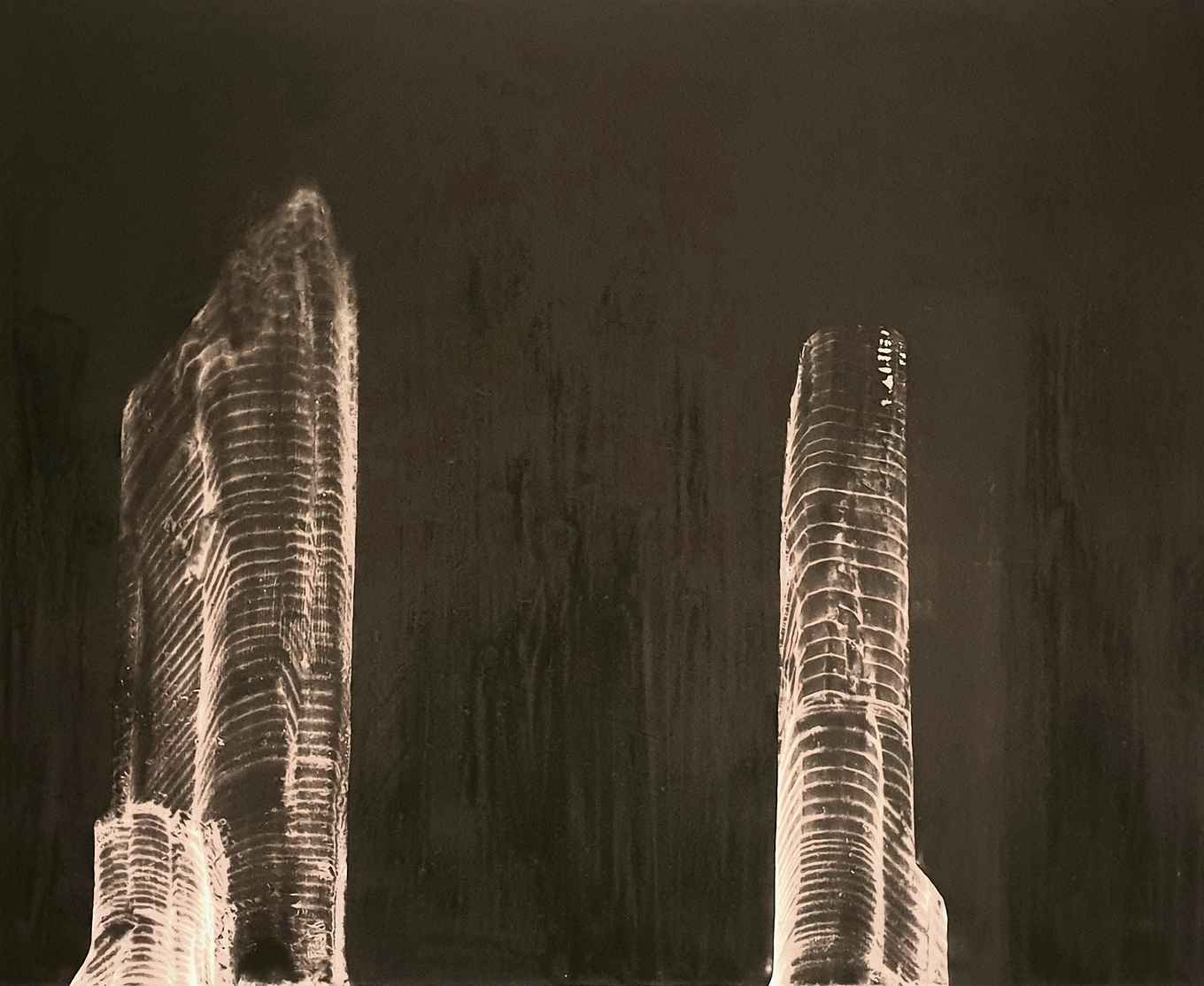Exhibition: Memories of the Present by Szilvia Mondel
6 January 2020

About the exhibition
The selected paintings in this exhibition resonate the transition phase in which we are currently living. On the one hand, the gloomy demise and aversion towards the 20th-century industrial welfare utopia can be sensed. On the other hand, futuristic dreams arise of a new utopia of the 21st century, in which digital technologies promise a better future. What this new age will bring us is still unclear.
My thoughts revolve around how to capture this time period? When we perform an online query: ‘how could one describe the transitional period between the 20th and 21st century’, Google alone returns 105,000 results (in 0.46 seconds) of various perspectives on the subject. Currently, we find ourselves in an uncertain and not yet defined phase in history. My paintings are potential interpretative memories of the present.
About the artist and her work
Art and science in relation to each other is a fascinating field; a source of inspiration and often the basis for innovative discoveries. My work as an artist is influenced by my studies in Media and Culture (BA) and Artistic Research (MA) at the University of Amsterdam. In various positions within the Faculty of Humanities, I have closely followed scientific developments over the past decade. Among others, I was inspired by media scholar José van Dijck and her research into digital society and culture, social media and media technologies. In her work, Van Dijck investigates the interactions between medical images and cultural ideologies, the role of imagination in popular culture and the scientific progress discussed in public opinions. In her book The transparent body: a cultural analysis of medical imaging Van Dijck exposes the broader social impact of medical imaging practices such as x-ray and endoscopy, ultrasound. She goes on to explain how the distribution of medical images through imaging technologies influence collective desires and popular visual culture.
Such social and technological-scientific developments inspire me in painting. In my first series of paintings, started in 2006, I investigated technologically generated images (such as images from MRI and CT scanners and x-ray devices at airports) and the influences of these images and devices on our visual experience of the world. From 2008, in a more abstract series of paintings, the focus lay on the utopian tradition of the modern world in which science and technology play an important role. Born in 1974, in Hungary, I experienced the last period of the communist regime. In that final phase of the dictatorship I witnessed the demise in which utopian ideals culminated in dystopian disillusion. The ‘man-made’ utopian world of Communism, in fact, transformed into a technocratic dictatorship where science was used to control individual human lives. Moreover, industrialisation, mass consumption and technology turned out to have destructive effects on the living environment. In my newest series of paintings, starting in 2017, I reflect on the arrival of artificial intelligence as a new utopia of the 21st century and the way in which algorithms are starting to play an ever increasing role in culture and society. In my work I try to bring together feelings of enthusiasm for creating utopian ideals contrasted with the social anxiety of scientific and technological progress.
I present these ambiguous feelings in society about a technologised future in a visual spectrum of ‘synthetic’ colour palettes, organic-mechanical scenes against the background of surrealistic and sometimes dystopian urban landscapes.
